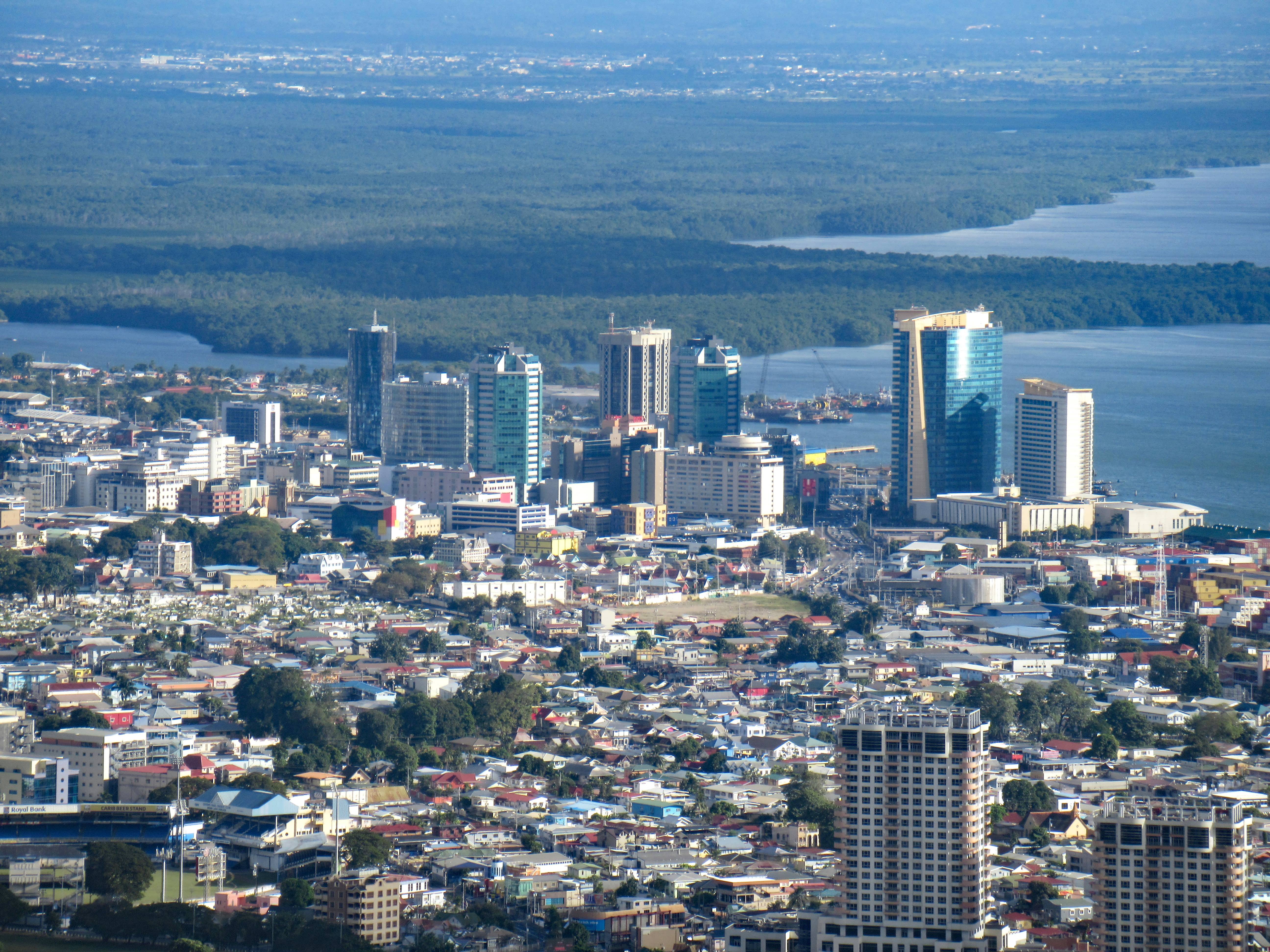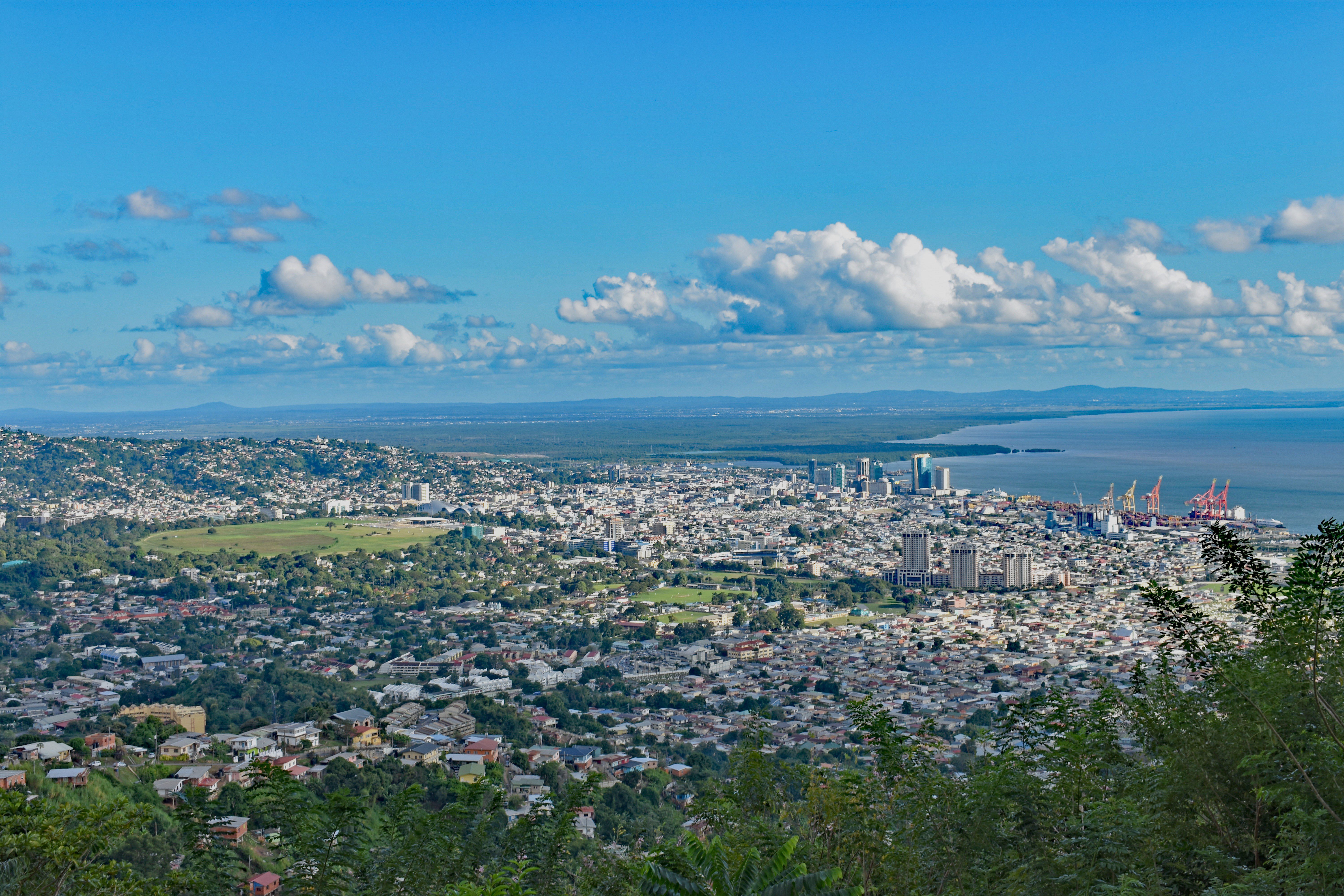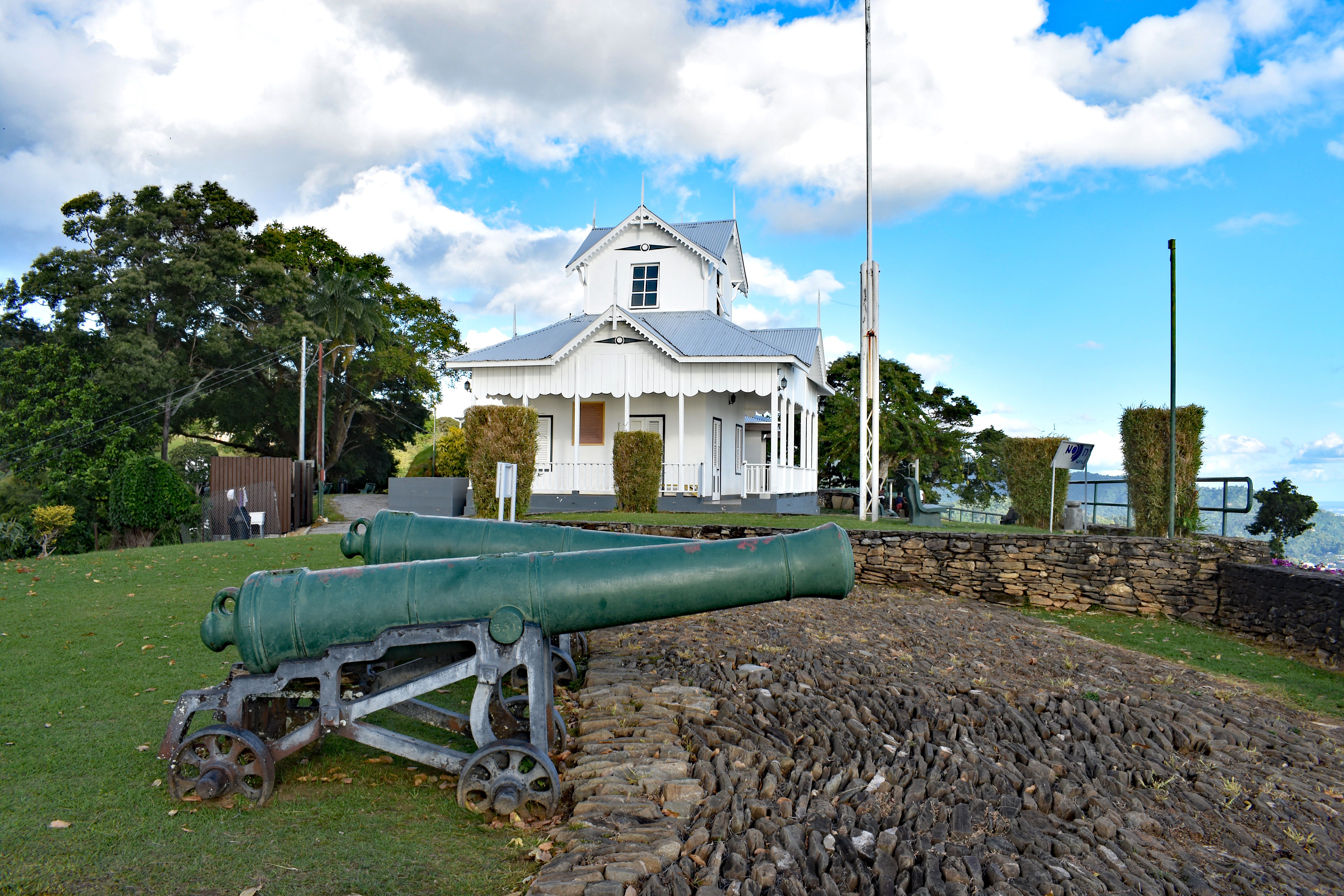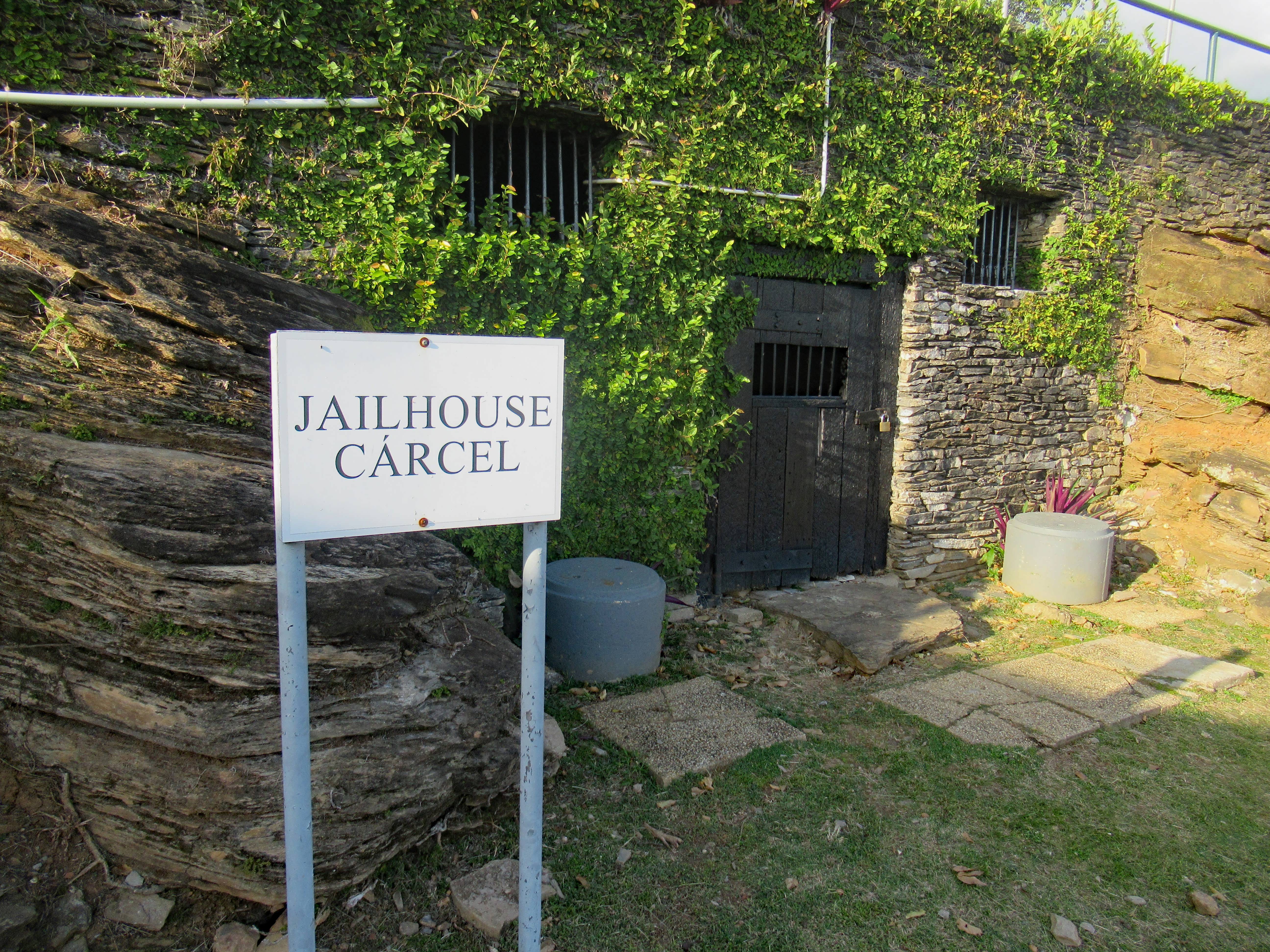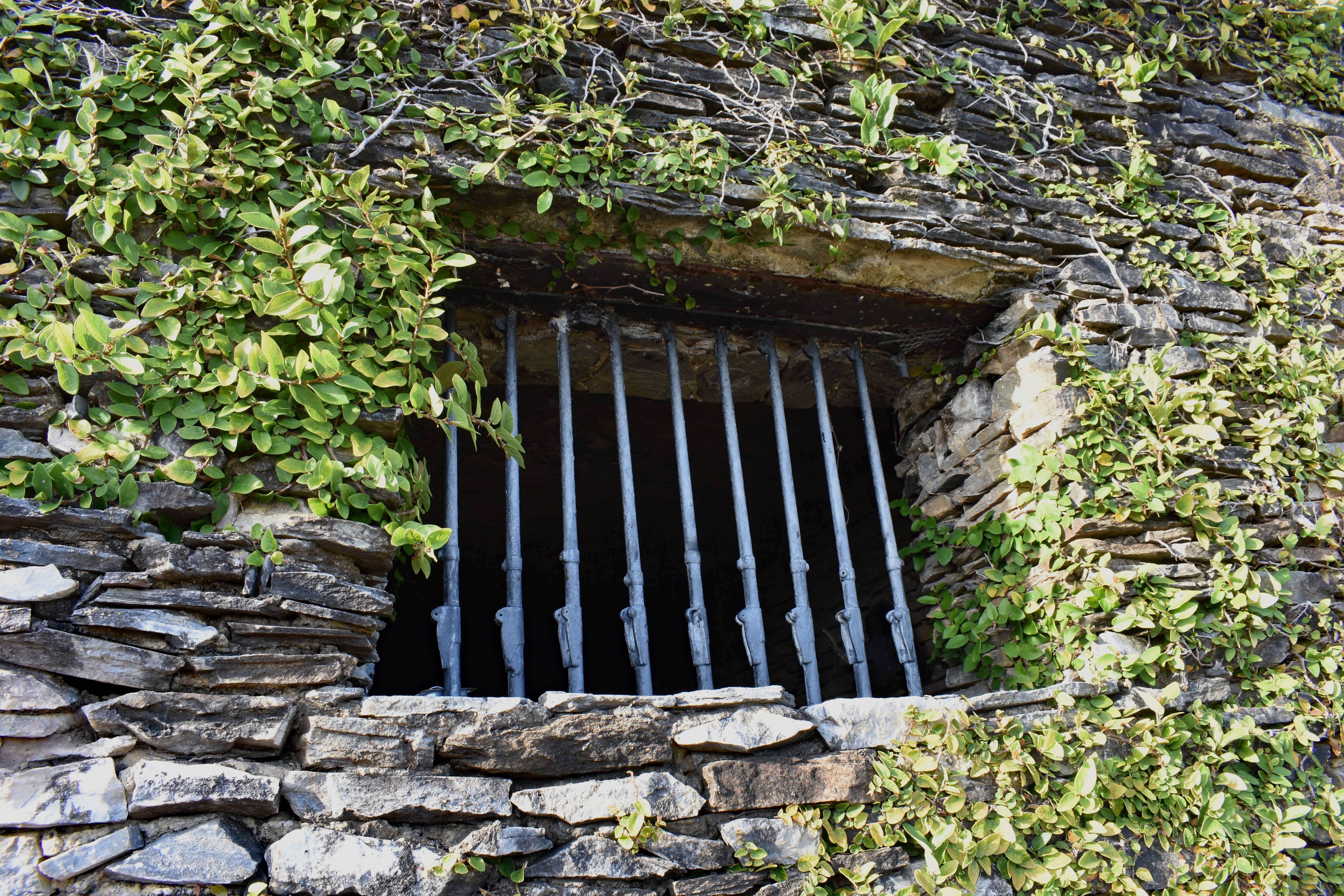Whilst staying in Trinidad’s capital, Port of Spain, we were keen to visit Fort George for what we were told was fabulous city views. Whilst in theory it is possible to walk up to the fort, our guide drove us up the long winding steep road, passing through the area known as St James. The area was settled by Indian indentured labourers and the names they gave to their streets, like Bengal, Agra and Madras, reflected their homesickness. Many of the Indian population remain in the area, and we passed mosques and puja flags flying in front gardens.
We continued through an area known as Rookery Nook, whose name was acquired as a result of racism faced by the black offspring of an immigrant 18th-century French aristocrat, John Nicholas Boissière. His marriage to a mixed-race woman was frowned upon by the local white community, who referred to their dark-skinned children as rooks or black crows. To respond to the criticism, he named his house Rookery Nook and whilst the house is no longer there, the name remains.
We eventually reached Fort George, formally called La Viege. It was part of a complex of fortifications began in 1804 under the direction of British governor, Brigadier General Sir Thomas Hislop. The fortifications consisted of sea defenses and a series of supporting batteries on the lower slopes and to the north. Considered impregnable in the day, it was the major defensive position on the island. It never experienced military action, but in times of rumours, the city merchants would store their records, cash and valuables there. The fort retains several of its original features, including early 19th-century cannons, bearing the GR logo, and a distinctive prison cell carved into the hill where the bars at the window were fashioned from rifle barrels.
As we’d visited West Africa recently, we were interested to find the signal station, built around 1883, was designed by Kofi Nti, an Asante prince who arrived in Trinidad two years earlier. He had become a ward of the British Government after a war against the Asante, and was placed under the care of James Henry Collins, who had him attached to the public works department. A sign to commemorate the signal station told us he was ‘quick and assuming in manner with a great interest in stamp collecting and a great exponent of the terpsichorean art’. Having left Trinidad in 1886 for Sierra Leone, he later died in England.
As well as exploring the grounds, we also found our promised excellent views, which extended to Venezuela in the distance.
See also:
Port of Spain – Sightseeing in Belmont
Port of Spain – Sightseeing around The Queen’s Park Savannah
Port of Spain – Sightseeing Downtown
Port of Spain – Sightseeing in Woodbrook
The Prince of Port of Spain – Brian Lara
Port of Spain – Sightseeing After Dark
